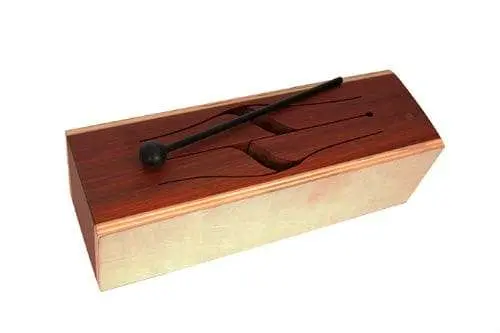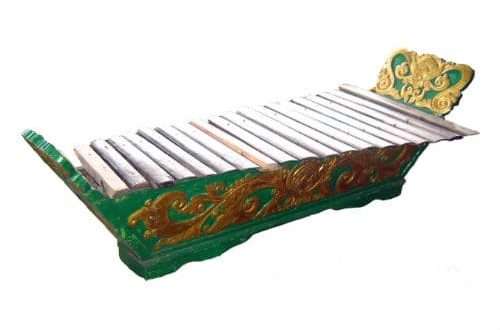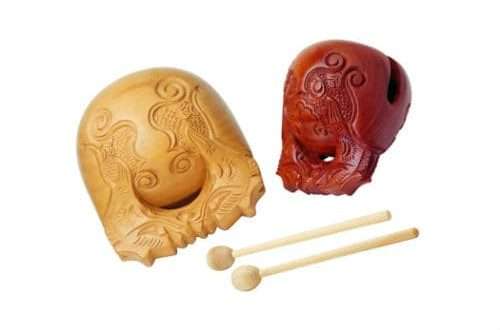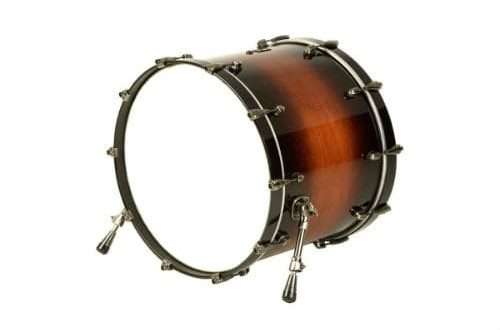
Slotted drum: tool description, design, use
The slit drum is a percussion musical instrument. The class is a percussion idiophone.
The material of manufacture is bamboo or wood. The body is hollow. During the manufacture, the craftsmen cut out slots in the structure that ensure the sound of the instrument. The name of the drum was due to the design features. The common number of holes in a wooden idiophone is 1. Less common are variants with 2-3 holes in the shape of the letter “H”.

The thickness of the material is uneven. As a result, the pitch is different in the two body parts. Body length – 1-6 meters. Long variations are played simultaneously by two or more people.
The playing style of the slit drum is similar to other drums. The instrument is placed on a stand in front of the performer. The musician strikes with sticks and kicks. The place where the stick is struck determines the pitch of the sound.
The area of use is ritual music. Places of distribution – South Asia, East Asia, Africa, South America. Versions from different countries follow the basics of the design, differing in details.
The Aztec idiophone is called teponaztle. Traces of the Aztec invention have been found in Cuba and Costa Rica. The Indonesian type is called kentongan. The area of the greatest popularity of kentongan is the island of Java.





